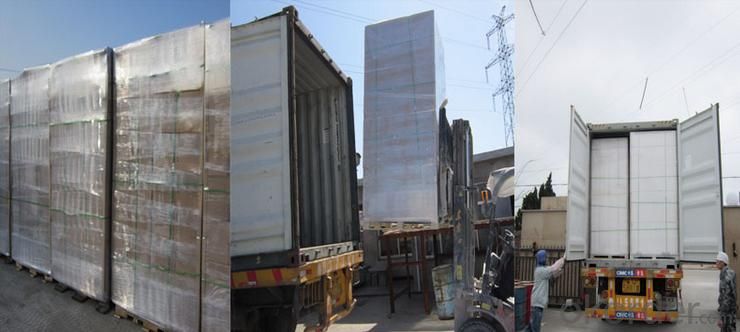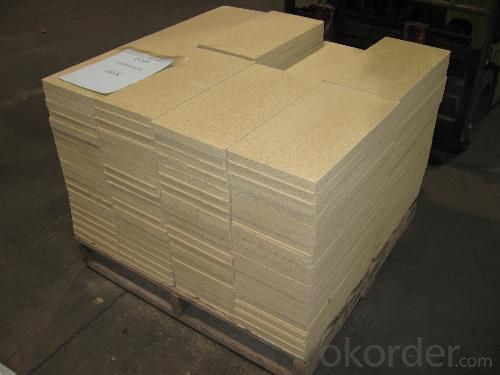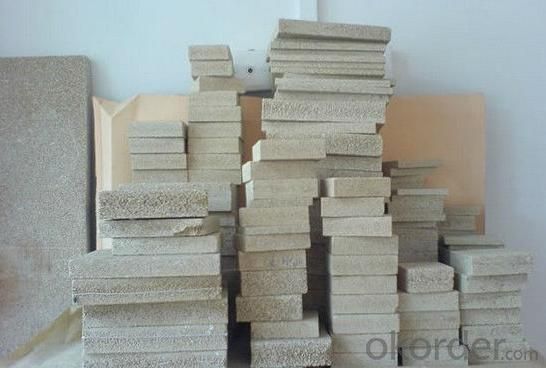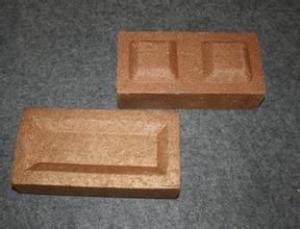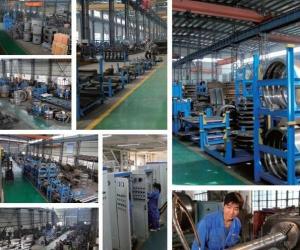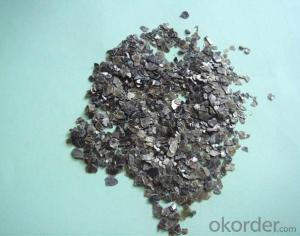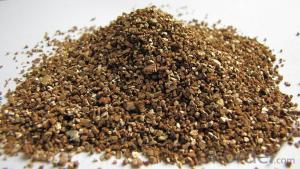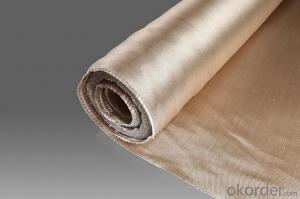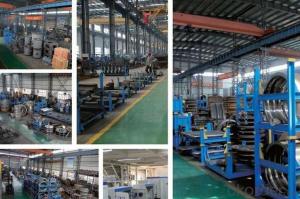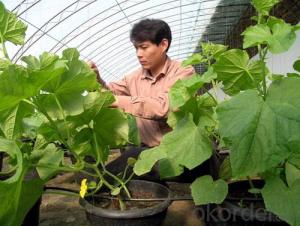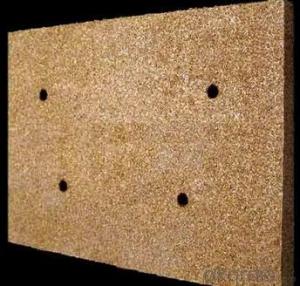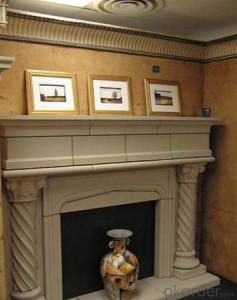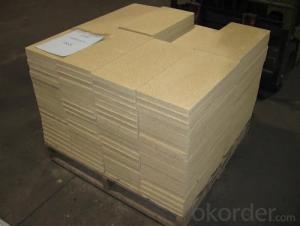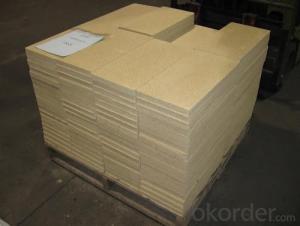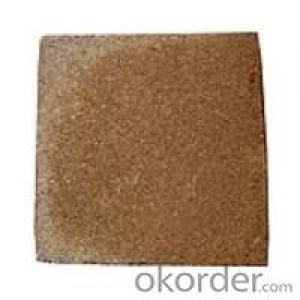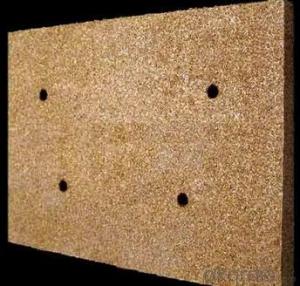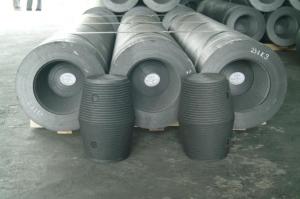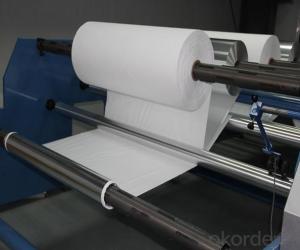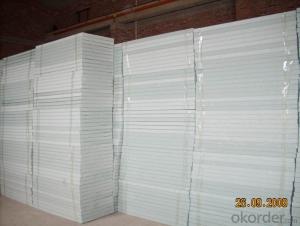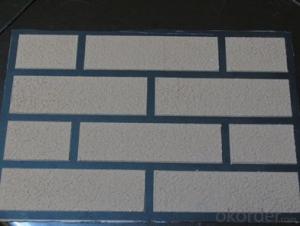Heat Retention Material Vermiculite Fireproof Board
- Loading Port:
- Tianjin
- Payment Terms:
- TT OR LC
- Min Order Qty:
- 1000 pc
- Supply Capability:
- 200000 pc/month
OKorder Service Pledge
OKorder Financial Service
You Might Also Like
1.Description of Heat Retention Material Vermiculite Fireproof Board:
Calcium Silicate Board is a new environmental protection building material. With silicate and calcium materials as base and wood fiber as strengthen, which has the advantage of high strength, anti freeze, water-resist, fire-proof, damp-proof, sound-absorption, no distortion and no radiation,etc.
The boards feature good sound-absorbing and thermal insulating properties. Another advantage of the vermiculite boards is that they are easy to work using the normal wood-working tools. Various surface finishes can also be applied to the surface easily.
2.Specification of Heat Retention Material Vermiculite Fireproof Board:
1).Long service life.
2).Light weight
3).High specific strength
4).Dimension stability
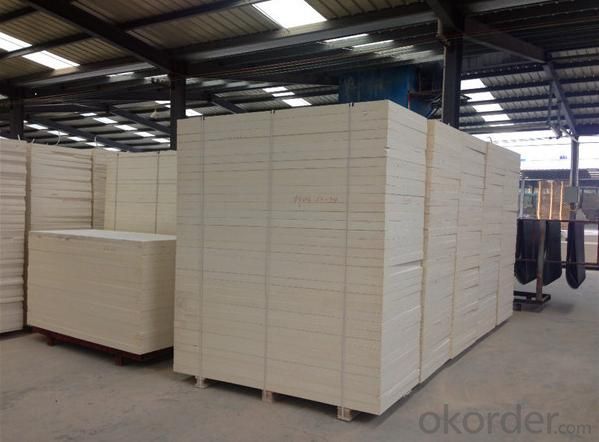
3.Application of Heat Retention Material Vermiculite Fireproof Board:
1).Petrochemical industry
2).Iron & steel industry
3).Cement industry
4).Glass industry
5).Shipping industry
4.Technical Data of Heat Retention Material Vermiculite Fireproof Board:

- Q: I have my eggs in moist vermiculite in side a contiar, that is also inside the incubator. I my eggs keep on dieing from to much water (water-loged) How do I know if theres to much, or to little water?
- it needs to be damp but not drippy
- Q: I have a bag of vermiculite and I have read how it can contain asbestos. Now I'm not sure I want to use it anymore. Does the horticultural vermiculite contain asbestos?
- I wouldn't recommend either one. Get yourself something solid such as tile, laminate, paper towel, or newspaper.
- Q: pls help me. im very eager to grow them here. my friends from the usa say that its totally cool and makes you hallucinate. how can i make it WITHOUT cow poop or vermiculite. how can i grow them on normal grass, cuz thats all i have at home. PLS HELP ME!
- I have read that this stuff is carcinogenic when breathed in...and since it is so light and fluffy, I imagine little bits break off and get into the air...so I'd keep your child and yourself away from it...it shouldn't hurt anything just sitting there, but disturbed, it could be problematic down the road.
- Q: my 4in male turtle is always doing the mating dance and the female(5-6in) sometimes looks or jus pushes away or bites the males claws wht shall i doand the other thing is that when will the mate it bin weeksssssss of the mating dance and no matingwht going on here and the female sometimes look intrest of him and then she jus push him away later plz help the faster the better and ty soo much 4 helping
- Perhaps your 40 gallon tank is not suitable for her to nest. I have never heard of turtles nesting in an aquarium. In my experience the always nested in sand or a pile of dead leaves and such. The insufficient space could be why she is rejecting the male. Edit: 10 or 28 gallons? If a 40 gallon isn't enough then 10 or 28 is clearly not enough. Turtles need space. They usually are not very social depending on species but majority of the time they are all solitary reptiles. They come together to mate basically. All reptiles are cold blooded and like to bask in the sun, but that doesn't mean they need or want full sunlight all the time. They need someplace to hide as they are solitary. They need water to dive in so they can cool off. The female finds a suitable place to nest. The aquarium needs to have a suitable place. In a 10 or 28 gallon tank there is no way to have what is required for space or nesting. They need a pond type environment with a sandy area out of water where they can bask, mate and nest.
- Q: I am propagating AV's and was told I need a mix of both and I am just trying to figure out why.
- I just saw this on TV this morning,1 part cement,1 part sand,2 parts peat moss. You can use vermiculite or sand.
- Q: small balls that soaks up water.what are they called?
- How long has this been going on? Wait a few days if you already haven't. If she's eating and keeping well, I don't see too much of an issue, but give the soil time to dry I guess.
- Q: I cut open an old tomato the other day and found that a bunch of the seeds had sprouted! I would like to grow them hydroponically in a nutrient solution without a 'medium'. I grow some houseplants that way, in jars of solution with a bit of tin foil around the base of the stems to hold them firmly in the top of the jar, so the roots are half in and half out of the water. The sprouts are still a bit small for this, but I don't really want to put them in dirt because I would like to keep them clean for later. Any suggestions?
- vermiculite is used for incubating eggs in, to keep the humidity up, it can cause impactions and slightly swells when moist, so I wouldnt advise it. As far a a humidity chamber for leopard gecko's dont really think they need one, unless they have a difficult time shedding. Leopard gecko's are found in the deserts of Pakistan, which arent known for their humidity if you know what Im saying. I would just offer a hide spot, zoo med (or maybe trex) offers a great one for leopards that actually is hidden beneath the substrate (typically calcisand, stay away from play sand, that CAN cause impactions) and is cut away so you can actually see inside of it through the side of your aquarium! its great and being beneath the substrate offers a cooler and more humid hide spot away from a heat source! good luck
- Q: I wanted to mist the vermiculite but by accident the eggs got a little damp. Is that okay? And also, do they sit at the top of the vermiculite or do they have to be buried?
- No. A vermiculite - cement provides a stable surface for the pool bottom. An extra heavy spot loading on your pool floor will result in the vermiculite compressing slightly and distributing the loading so as not to, less likely, damage the floor. A sand - cement pool bottom, while not as rigid as a concrete slab, will provide a very stable surface but it will not dent to relieve a heavy spot load and damage to your pool surface is more likely. The vermiculite strength is not as great as a sand and therefore results in a softer yet adequately stable pool surface.
- Q: ok today i was home and right when i wanted to take my green anole out of it hiding spot it ran and dropped an egg it was yellow so it was bad but i want to know if repti moss is a good substrate for them to lay there eggs because its the first and im sure there will be more
- its perfect for them its moist is comftarble but hey an incubator is wai better
- Q: we just found them yesterday what do we need to do to hatch them ?what should we put them in ?any tips?
- Well, if I were you, I'd leave them where you found them. If they were in the water, it's likely they're already dead (eggs can drown!) If not, you might have damaged them by moving them. If you'd really like to keep and hatch them, here's what you need to do. Prepare a waterproof box (a plastic shoe box works well) with damp vermiculite. Add enough water to the vermiculite so that it clumps (about 20% water). Place the eggs about half way into the vermiculite. Unlike bird eggs, turtle eggs should not be turned at all. Place in an incubator at 77 degrees F (cold temperate turtles) to 86 degrees F (tropical turtles). The exact temperature varies with the species. In the summer, eggs may be developed at warm room temperature. Add a cup of water to the incubator to keep up the humidity. The humidity should be higher for tropical and aquatic turtles than dry-land tortoises and box turtles. If the vermiculite becomes too dry, add some water but keep the water off of the eggs. After 45-75 days or more (depends on species), the turtles will hopefully hatch. Using their egg tooth, it may take a few days. Turtles are born with yolks attached and will not eat until they have been absorbed. If vermiculite is not available you can use good, clean dirt, sand, perlite, or torn newspaper. You can buy sterile dirt or sand or dig some from your yard and bake it in the oven (this will stink!!!). Dampen the dirt or sand but not enough that you can form balls. It should be light and airy. Avoid clay soil. Place the fresh eggs under the dirt a few inches. Mist the dirt daily and keep it in a warm spot (using an incandescent light or some other heat source). The exact temperature varies with species so find out for whichever species that you have. If the dirt or sand dries too quickly, you can lightly cover the box with plastic wrap. Be sure that it does not overheat.
Send your message to us
Heat Retention Material Vermiculite Fireproof Board
- Loading Port:
- Tianjin
- Payment Terms:
- TT OR LC
- Min Order Qty:
- 1000 pc
- Supply Capability:
- 200000 pc/month
OKorder Service Pledge
OKorder Financial Service
Similar products
Hot products
Hot Searches





